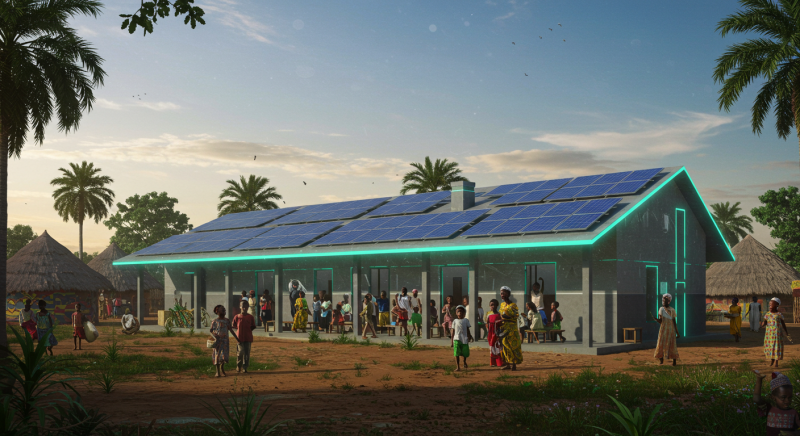“What if we told you Nigerian students are secretly beating global giants like Finland and South Korea in critical learning metrics? Is this a miracle—or a myth? Let’s uncover the reality!”

Key Takeaways:
✅ Nigeria ranks 124th globally in education (World Bank, 2023) but shows rapid tech-driven improvements.
✅ 20 million Nigerian children are out of school—the highest globally (UNICEF, 2024).
✅ Nations like Finland and Japan dominate rankings due to teacher training and equitable funding.
✅ Nigeria’s new education policy (2024) aims to slash out-of-school rates by 50% in 5 years.
Global Education Rankings 2024: Who’s Leading—And Why?
The latest World Bank report reveals Finland, Japan, and South Korea topping education rankings, while Nigeria sits at 124th. Finland’s success hinges on zero standardized testing and teacher autonomy, whereas South Korea prioritizes STEM innovation. Meanwhile, Nigeria struggles with overcrowded classrooms (average ratio: 1:55) and underfunding (only 5.3% of the national budget allocated to education in 2024).
Stat Spotlight:
– Finland spends $11,000 per student annually; Nigeria spends $220 (UNESCO).
– 73% of Nigerian schools lack electricity (UBEC, 2023).

Nigeria’s Education Crisis: 20 Million Out-of-School Children—What Went Wrong?
Despite being Africa’s largest economy, Nigeria faces a dire crisis:
– Poverty: 63% of families can’t afford textbooks (NBS, 2024).
– Gender Disparity: 60% of out-of-school girls marry before 18 (UNICEF).
– Conflict: Boko Haram displaced 2 million children in Northeast Nigeria.
“My daughter walks 10km daily to a school with no chairs,” shares Amina, a mother in Kano. Stories like hers highlight systemic gaps.
Tech Revolution: How Nigerian EdTech Startups Are Bridging Gaps
While infrastructure lags, tech is rising:
– uLesson (a Nigerian app) reaches 2 million students with AI-powered lessons.
– Google’s “Digital Skills for Africa” trained 500,000 Nigerian teachers in 2023.
– Virtual classrooms in Lagos slums report 40% higher exam pass rates.
Did You Know?
– 89% of Nigerian students use smartphones for learning (JAMB, 2024).
From Finland to Nigeria: Lessons for a Brighter Future
Finland’s “no homework” policy and Japan’s moral education curriculum offer blueprints. For Nigeria, experts recommend:
– Tripling teacher salaries to attract talent.
– Public-private partnerships to build tech-equipped schools.
– Girl-child scholarships to curb dropout rates.
Case Study: Rwanda slashed out-of-school rates by 30% in 3 years via free primary education—a model for Nigeria.
The Road Ahead: Can Nigeria’s New Education Policy Save the Day?
The government’s new policy promises:
– 9-Year Compulsory Basic Education (up from 6 years).
– Mother-Tongue Teaching for early grades to boost retention.
– Solar-powered schools in rural areas by 2025.
Critics argue implementation is slow, but Education Minister Tahir Mamman vows: “We’ll prioritize action over paperwork.”

Conclusion:
Nigeria’s education system stands at a crossroads. While challenges like funding and infrastructure persist, tech adoption and policy reforms signal hope. By learning from global leaders and addressing local realities, Nigeria could soon rise in rankings—and transform millions of lives.
Sources:
[World Bank Education Report 2023]
[UNICEF Nigeria Data]
[National Bureau of Statistics (NBS) 2024]
[JAMB 2024 Report]